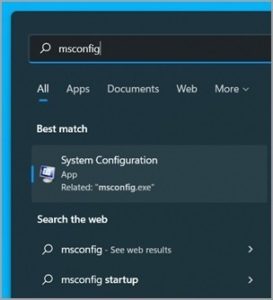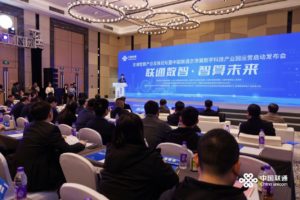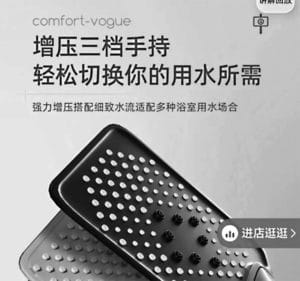TV brand “Guild Wars” Mini backlit TV “burden” to reduce costs
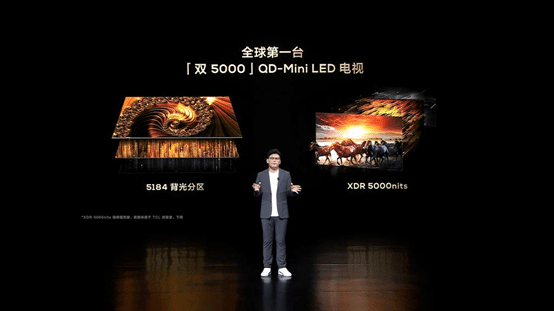
[ad_1]
A new round of competition for Mini LED backlight TVs is quietly starting.
Since the beginning of 2023, established TV giants such as Sony, Changhong, Hisense, and TCL have successively launched new Mini LED backlit TV products for the new year, and launched an all-round battle in the fields of partition number, brightness, resolution, and price.
On March 21, TCL Technology held a new TV product launch conference and launched the new QD-Mini LED TV product TCL X11G and the latest Mini LED TV TCL Q10G Pro.
As the pioneer and leader of the global Mini LED display technology, TCL has entered the Mini LED market as early as 2017, officially launched the first Mini LED TV in 2019, and has launched multiple series of Mini LED products, covering from high-end flagship to affordable Multi-price product line.
Among them, as the world’s first “dual 5000” TV, TCL X11G QD-Mini LED TV has achieved the industry-leading “dual 5000” – equipped with 5184 partition backlight + peak brightness reaches 5000 nits.
The most noteworthy thing is that according to the initial price of the new product announced at the press conference, in the case of a comprehensive upgrade, the price has not been upgraded, and even the price has been reduced by 85? further improvement.
Price, as an obstacle in the popularization of Mini LED backlight TVs, is beginning to be regarded by more manufacturers as a key issue that needs to be solved first.
A new round of “competition” for giants
Even though the shipment of Mini LED backlight TVs in 2022 is lower than industry expectations, many leading consumer electronics companies and Mini LED backlight industry chain companies are full of confidence in this market.
According to research data from GGII, global Mini LED TV shipments will be about 2.7 million units in 2022, an increase of 107.69% over the previous year. Although it has achieved a triple-digit high growth rate, it is still far from the industry’s expectation of nearly 3.5 million units at the beginning of last year.
On the one hand, this is closely related to the overall sharp decline in TVs in 2022. On the other hand, it is also hindered by the high cost of Mini backlight TVs.
According to data released by All View, global TV shipments will reach 202.5 million units in 2022, a year-on-year decrease of 5.6%.
For TV brand manufacturers, the growth of the global TV market has stagnated, and it has become more difficult to achieve growth in scale. How to increase profitability will become the focus of brand pursuit.
Mini LED backlight TVs, as the current TV category with relatively high gross profit, have naturally become the focus of competition among brand manufacturers.
Just in the unfinished March, many TV manufacturers including Sony, Changhong, Hisense, and TCL have released new Mini backlight TV products.
On March 2, Sony globally released its 2023 BRAVIA XR TV lineup. Among them, the Sony Mini LED TV X95L adopts Mini LED display technology and is equipped with an XR cognitive chip.

Sony said that the X95L uses Mini LED display technology, and can more precisely control the Mini LED lamp beads through the “XR Dynamic Backlight System Master Edition” and “XR Terri Charm Pro”, so that it can present more accurate colors and higher brightness. Brightness and contrast; equipped with an XR cognitive chip at the same time, it can present high dynamic contrast, pure black performance, high peak brightness and delicate and natural colors.
On March 10, Changhong released China’s first 8K high-definition Mini LED Q9K MAX Pilot Edition TV.
According to Gaogong LED, with the blessing of 8K Mini LED high partition, Q9K MAX realizes 1.5 times the backlight partition of ordinary Mini, achieves pixel-level precise light control, breaks through the contrast between light and dark, and further improves the image quality; 16000+Mini microcrystalline Chip, light control is more precise, more efficient, more sensitive, and the color contrast is more vivid; 1000+nits XDR, can accurately capture details in the dark, and restore the real vision.
Following TCL, Hisense announced on March 23 that it would officially release the new E8 series of “Thousand-Class Mini LED TV” to redefine the new benchmark for giant-screen audio and video.
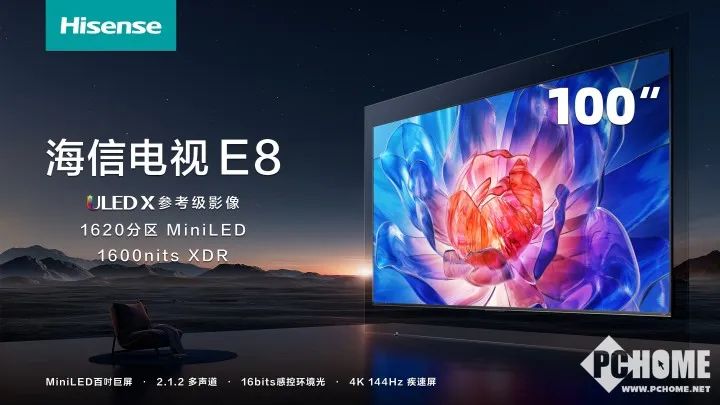
Through the combination of 6480 high-efficiency Mini LED chips, E8K forms 1620 fine light control partitions, becoming the only 100? Mini LED giant screen product with 1600 partitions in the industry at the same price.
Min LED TV is becoming the target of global head TV manufacturers. When TV business profits continue to decline and consumption slumps, new Mini LED TV products that can provide high-margin products have become a popular track for color TV manufacturers to upgrade and transform.
Moving forward with a “heavy burden” on cost reduction
Mini LED backlight TVs have been “fighting” for a long time on the road to quality reduction.
On the one hand, scale up. Affected by the downturn in the entire LED industry chain, LED companies have accelerated production, increased volume, and shipped Mini LEDs; on the other hand, they have reduced costs. The Mini LED backlight industry chain is still under the pressure of high costs. Consumers in the market expect to remain conservative in the short term, and it is difficult to accept the high price of Mini backlight TVs, resulting in delays in downstream applications.
Gaogong LED’s previous market research shows that price is the key to hindering the further development of Mini LED backlight TVs in the application market.
How to reduce costs and quickly open downstream applications has become one of the focuses of the Mini backlight TV industry chain.
A number of people in the Mini LED industry chain said that a further drop in prices is expected to accelerate the further popularization of Mini backlight TV applications.
The person in charge of the backlight of a major packaging factory revealed to Gaogong LED that the production cost of Mini LED backlight has been reduced by more than 60% compared with the previous two years.
However, Dr. Zeng Zhaoming, vice president of Jinko Electronics, believes that “in the future, standardized high-end, mid-end and low-end solutions will have different price reductions. In terms of cost performance, Mini backlight TVs are at most 20% higher than ordinary backlight products. , is within the acceptable range of consumers.”
At the same time, TV brands still have great hopes for the Mini LED TV market.
According to the information obtained by Gaogong LED from the market, Hisense will make big moves in the field of Mini LED TVs in 2023, with an amazing shipment target. At present, many Mini LED industry chain companies have received demands from Hisense for video.
GGII predicts that with the maturity of technology in each link of the Mini backlight industry chain, the cost will continue to decline rapidly in the next few years. With the large-scale application of glass substrates in Mini LED backlight in the future, the sales volume of Mini LED TVs is expected to exceed 5.5 million units in 2023 scale.
[ad_2]
Source link



